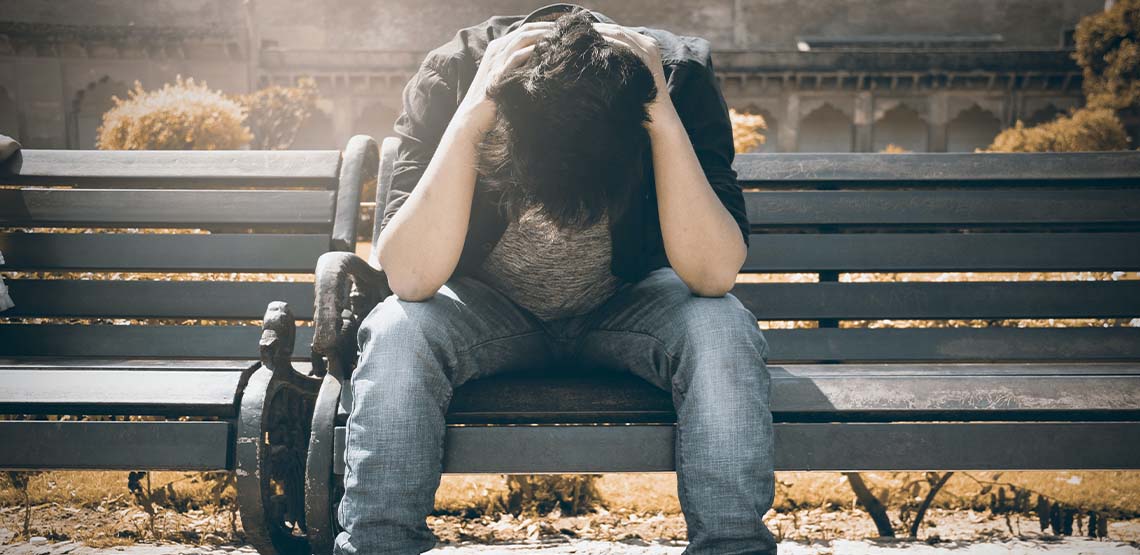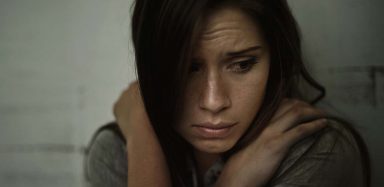Learning About the Different Types of Depression
Feelings of sadness, stress and upset can affect anyone. Any normal person will experience intense emotions about a particular event or tragedy and sometimes for a significant amount of time. People may describe themselves as depressed when they are unhappy or unmotivated. But, depression is more than short bouts of unhappiness, grief, or bad mood, and there are different types of depression.
The World Health Organization (WHO) predicts that depression will be the second leading cause of disability in the world by 2020 and for women aged 15 to 45, it is already the most common and burdensome of disorders.
What Is Clinical Depression?
Depression is a serious health condition that affects how a person thinks, feels and handles daily activities. This includes eating, sleeping and going to school or work. With a severe illness, trauma or loss, depression can have its onset.
Individuals who are diagnosed with depression report having persistent feelings of sadness, guilt, worthlessness, tiredness, as well as physical pain and suicidal thoughts. The depressed mood and loss of interest in daily activities should last for more than two weeks to be diagnosed with major depressive disorder or MDD, which is the most common form of depression.
One in seven people will experience a depressive episode during their lifetime. Although many individuals will not exhibit the full spectrum of depressive symptoms, they can have many depression related symptoms that affect their daily functioning, self esteem and sense of well being.
Main Types of Depression
The American Psychiatric Association recognizes that there are several different types of depression. The types of depressive disorders are distinguished by timing, duration and possible causes.
Major Depressive Disorder
Major depression and anxiety often occur together and have similar treatments. This type of depression involves a combination of symptoms that may interfere with a person’s daily functioning. It is characterized by a depressed mood or loss of interest in activities that the person once deemed pleasurable, such as hobbies, shopping and sex.
The depressive episode may come unannounced. Or you may experience it following a romantic breakup, the death of a loved one, losing a job or any major traumatic life event. The exact cause of MDD is unknown. But several factors such as alcohol or drug use, chronic illness and certain medications can contribute to the development of the disorder.
Symptoms of MDD
Depressive symptoms are typically severe enough to impair an individual’s day to day activities. They can occur once in your life, most of the day, or nearly every day.
- Unexplained weight change or loss of appetite
- Irritable or depressed mood
- Loss of interest in almost all activities
- Sleep problems
- Tiredness or loss of energy
- Feelings of guilt or worthlessness
- Difficulty concentrating
- Recurrent thoughts of suicide
Persistent Depressive Disorder
Dysthymia, or chronic depression, is not as severe as major depression, but its symptoms linger for a long period of time. Additionally, those with dysthymia may also be diagnosed with MDD. The depressive symptoms can develop slowly and persist for a minimum of two years.
Like other mental health disorders, the cause of dysthymia is unclear. Genetic factors may play a role. Major life events, negative personality traits, history of other mental disorders, a chemical imbalance in the brain or a combination of these factors can lead to chronic depression.
People with two or more of the following symptoms may be diagnosed with dysthymia:
- Low self esteem
- Tiredness or low energy
- Loss of sleep or oversleeping
- Feelings of hopelessness
- Problems with memory, concentration or decision making
- Loss of appetite or increased appetite
Related Search Topics (Ads)
Premenstrual Dysphoric Disorder
This form of depression concerns mood changes, such as sadness, irritability and mood swings, that are temporarily linked to the menstrual cycle. It affects 1.8% to 5.8% of menstruating women. PDD is different from premenstrual syndrome or PMS.
PDD is believed to be due to genetic factors, environmental stress and increased sensitivity to fluctuating hormones such as estrogen and progesterone.
PDD symptoms are associated with significant distress or impairment of usual functioning, social activities and relationships with others. One or more of the symptoms below must be present:
- Severe anxiety or tension
- Increased sensitivity to interpersonal rejection
- Depressed mood or feelings of worthlessness
- Irritability or anger
- Tiredness
- Difficulty concentrating
- Decreased interest in usual activities
- Insomnia or oversleeping
- Breast tenderness
- Joint or muscle pain
- Bloating or weight gain
- Headaches
Other Forms of Depression
While we discussed the main types of depression, there are also other types as well.
Bipolar Disorder
Bipolar disorder used to be called manic depressive disorder under the depressive disorders category, but is now a separate group of disorders. It is described as a cycle of high and low moods. A person with bipolar disorder experiences periods of mania or having intense energy, or extreme happiness, followed by depressive episodes or hypomania.
Postpartum Depression
Perinatal and postpartum depression is dangerous. Postpartum depression is a subtype of a major depressive disorder. About 3% to 6% of women experience PPD during pregnancy or in the four weeks after delivery. The condition can last for as long as three months. Symptoms of PPD include mood swings, anxiety, extreme sadness and exhaustion.
Seasonal Affective Disorder
SAD is another subtype of major depressive disorder. It is characterized by depressive symptoms or mood changes that occur during fall and winter months, when there is less sunlight and typically resolve in spring. About 5% of adults in the U.S. population experience SAD. The disorder is more common among women than men.
Treatment Options
The first line of treatment for depression is often medication in combination with counseling or talk therapy, particularly cognitive behavior therapy.
FDA approved antidepressants affect different neurotransmitters in a variety of ways. They are classified into different classes based on their mechanisms of action. Each class differs in pharmacological and side effect profile.
It may take weeks for antidepressants to take effect. As a general rule, increasing the dosage must be done gradually to minimize side effects.
Lifestyle changes, such as smoking cessation, exercise, mindfulness techniques and diet changes, may provide additional benefits to conventional treatments.
Depression is a complex but treatable condition. Talking with a health care professional about your moods and depressive symptoms is crucial. You may seek out a medical specialist (psychiatrist), psychologist, psychotherapist, counselor, social worker or other health care professionals.

